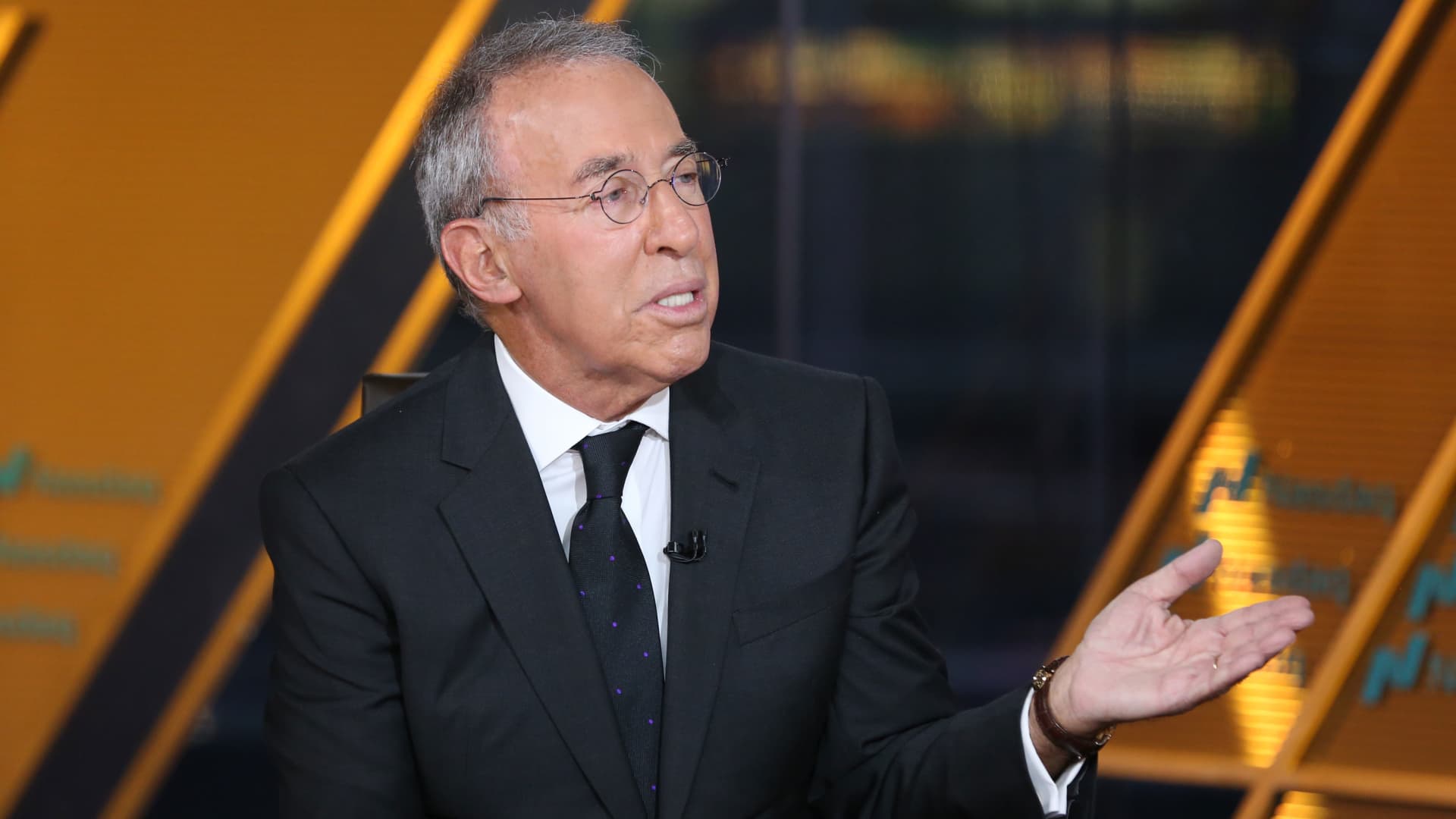Is It Time to Invest in Cuba?
Reviewed by Andy Smith
In 1958, Cuba was an investment powerhouse. Their workers were paid the eighth highest wages in the world, and the country’s per-capita income exceeded that of Austria and Japan. It was such a hot expat destination that more Americans lived there than Cubans in America.
Cuba’s investment landscape remains a subject of intense debate, balancing untapped potential against systemic challenges. Let’s explore the current situation and what it means for investors through several key aspects.
Key Takeaways
- Cuba’s socialist economic model prioritizes state control but is cautiously opening up to foreign investment, especially in sectors like tourism, renewable energy, and agriculture.
- The embargo put in place back in the 1960’s is still in place.
- Cuba’s demographic challenges include a growing elderly population and emigration, meaning it could be tough for future businesses to find adequate labor.
- The 2020s brought economic difficulties, including inflation and a downturn in tourism.
- Cuba remains a subject of debate, with untapped potential and systemic challenges, making it a high-risk investment destination.
Understanding Cuba
Cuba’s socialist economic model, shaped by decades of U.S. sanctions, prioritizes state control over key industries while cautiously opening to foreign investment. For example, the 2014 Foreign Investment Act underscores this dual approach, aiming to attract capital while maintaining sovereignty. The law emphasizes sectors like renewable energy, agriculture, and tourism to drive export growth, import substitution, and technological advancement – all desirable traits in a country worth investing in.
Demographic challenges persist, however. As of a 2022 survey by CEDA, over 20% of the population is aged 60+, meaning there’s a potentially depleting workforce. Consider future implications for Cuba as well in light of broader significant emigration having impacts on labor markets as well.
The U.S. Embargo
The U.S. embargo on Cuba began in the 1960s after Fidel Castro’s communist government took power, with restrictions on trade, travel, and financial transactions. Over time, the embargo became a central aspect of U.S.-Cuba relations, impacting Cuba’s economy and limiting its access to international markets.
In the 1990s, laws like the Helms-Burton Act strengthened the embargo, codifying the restrictions and demanding Cuba move toward democracy and a market economy before sanctions could be lifted. Despite some periods of diplomatic thawing, especially under President Obama, the embargo has remained largely in place, with certain exceptions for food, medicine, and humanitarian aid.
While U.S. policy has fluctuated over the years, the embargo continues to hinder Cuba’s economic growth by restricting foreign investments, trade, and access to resources. These sanctions are a major obstacle to Cuba’s ability to integrate into the global economy and to raise capital for modernization or expansion.
Inflation and Tourism
Cuba’s economy has gone through a lot at the start of the 2020’s. For starters, it’s country was hit hard by the pandemic. Cuba’s economy contracted by 10.9% in 2020 due to COVID-19, U.S. sanctions, and structural imbalances. Note that immediately following the pandemic, some experts were optimistic, citing growth for 2021. The country’s growth did happen, with GDP in 2022 growing 2.0%.
However, there’s an incredibly unfortunate downside here. Much like how the United States faced inflation due to eased monetary and fiscal policy in response to the pandemic, Cuba’s inflation has fared much, much worse. Their inflation was more than four times worse than the United States in 2022, reaching a peak of over 39%. Note that this isn’t even the worst of it, as Cuba reported year-over-year inflation of over 77% in 2021.
Since the return from the pandemic, Cuba, like much of the rest of the world, has struggled to operationally get “back to normal”. For example, tourism, a critical revenue source, rebounded to 1.97 million visitors in 2023, below pre-pandemic levels. Things looked almost as bad in a more functioning society in 2024. Though Cuba’s tourism numbers increased to 2.7 million visitors, this was still below the 2022 numbers. It also experienced a decrease in international visitors from the year prior.
Potential Investment Sectors
There are some promising areas of Cuba to explore for investment. For example:
- Renewable Energy: Cuba’s 2030 Energy Transition Plan aims for 24% renewable electricity generation through solar, wind, and biomass projects. One of the main areas of this plan is through the External Investment Law, which is a regulatory framework meant to expedite the deployment of capital towards this goal.
- Agriculture: The elimination of the ration book system signals a shift toward private food markets. In addition, the rise of tropical storms has presented logistical challenges to Cuba’s farms. You could speculate that there are opportunities in organic farming and increased crop yield technologies.
- Biotechnology: State-owned BioCubaFarma received private funding from foreign partners such as Russia for vaccine production and medical exports. The idea behind this investment was to “bring market innovation medicines against the most complex types of diseases.”
Note
On January 21, 2025, President Donald Trump revoked former President Joe Biden’s removal of Cuba from the country’s list of state sponsors of terrorism. The move highlights potential future tension between the U.S. and Cuba.
Risks and Challenges
The investment landscape in Cuba is fraught with significant challenges, primary among them being the ongoing U.S. sanctions. The U.S. Department of the Treasury’s Office of Foreign Assets Control (OFAC) maintains strict prohibitions on U.S. persons engaging in business with Cuba without specific authorization. According to OFAC’s Cuban Assets Control Regulations, most transactions between U.S. persons and Cuba remain prohibited, with violations carrying severe penalties.
Currency instability presents another major hurdle for potential investors. Earlier we discussed Cuba’s inflation issue. Though Cuba is undergoing monetary reform, the Central Bank of Cuba’s 2021 Monetary Reform eliminated the Cuban Convertible Peso. Ths means Cuba has just one sole currency, though that still left the country with a materially divergent exchange rate. It may be some until Cuba sees more reasonable economic stability on that front.
Infrastructure deficits also pose substantial operational challenges. In some major cities, only 18% of roads were maintained in 2023, and road maintenance was slated to drop to just 10% in 2024. These potential bottlenecks could impede efficient business operations in local companies. This is also important in the context that roughly half of Cuba’s roads are paved; though sufficient for today’s usage, it may be able to handle accelerated traffic due to economic expansion.
Is It Time to Invest in Cuba?
Investing in Cuba is risky due to its economic challenges, political instability, and the ongoing U.S. embargo. However, with Cuba’s gradual economic opening and potential in sectors like tourism and renewable energy, it may present opportunities for long-term investors willing to navigate its complex environment.
What Is the Current State of Cuba’s Economy?
Cuba’s economy has faced significant challenges due to long-standing trade restrictions, limited access to foreign markets, and a reliance on state-controlled industries. While there has been some gradual opening to private enterprise and tourism, the country’s economic growth remains constrained and it’s currency continues to devalue.
What Are the Key Sectors Driving Cuba’s Economy?
Tourism, healthcare, and biotechnology are key sectors driving Cuba’s economy. Tourism brings in much-needed foreign currency, while healthcare and biotech industries, despite limited resources, are highly regarded for their achievements in medical research and services. Agriculture also plays a role, though it faces productivity challenges primarily due to harsh, unpredictable natural disasters.
The Bottom Line
If you do choose to invest, it could be wise to limit exposure. Cuba’s significant risks, not to mention the politics that are involved, make Cuban investment speculative at best. This could mean impressive returns if you’re right, though consider the risk you’re taking on should you chose to invest in Cuba.










